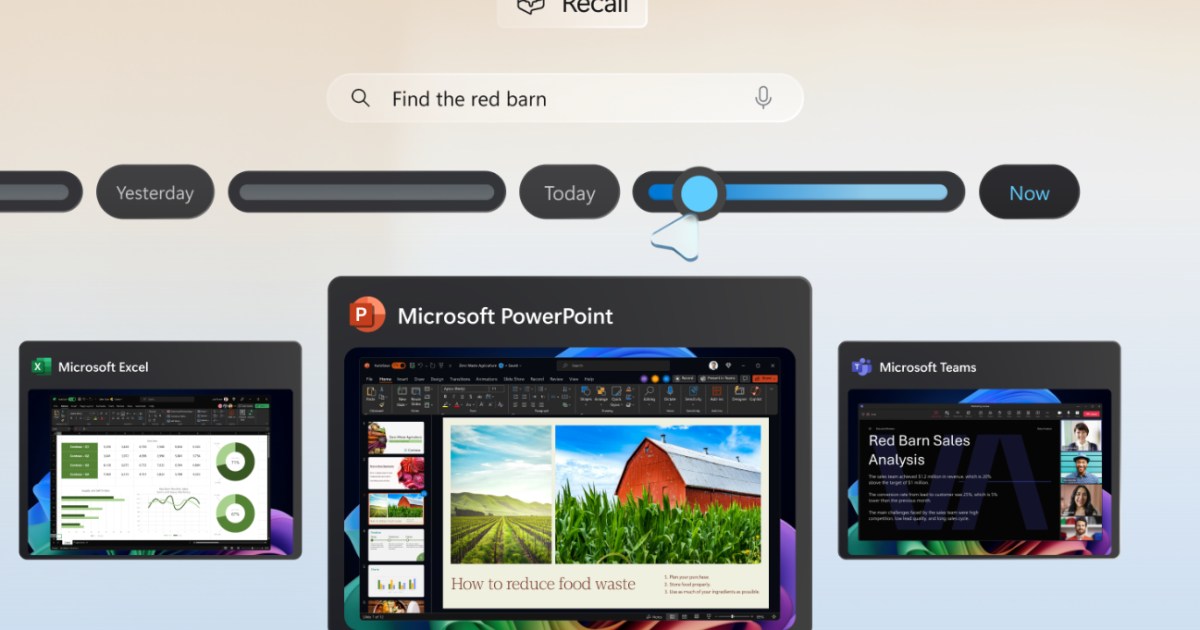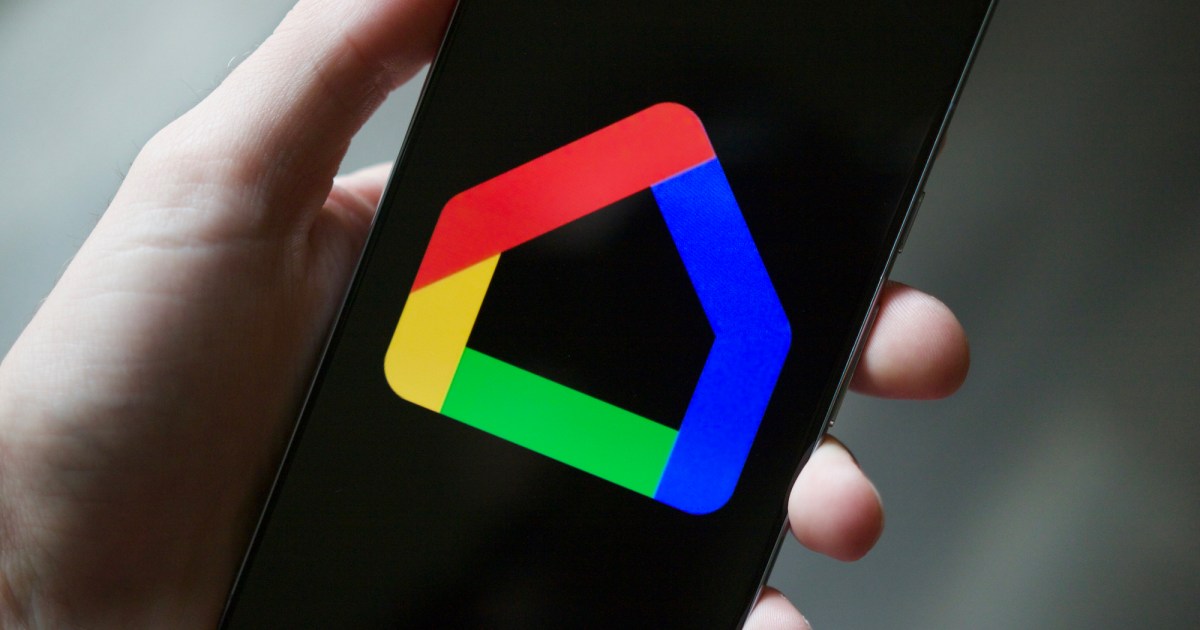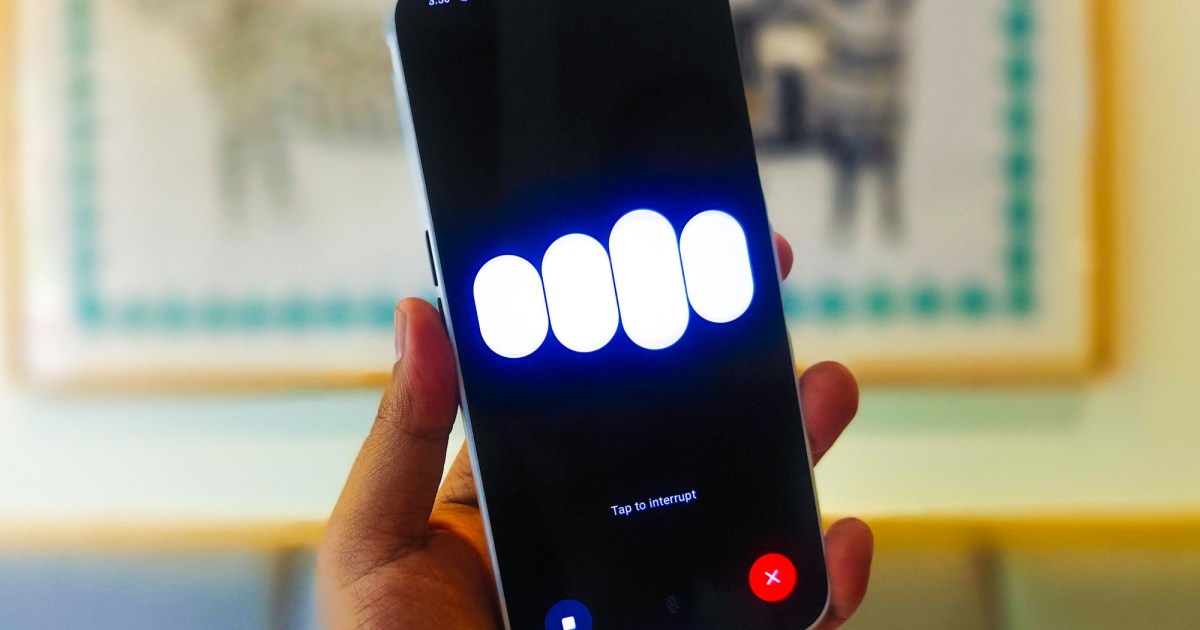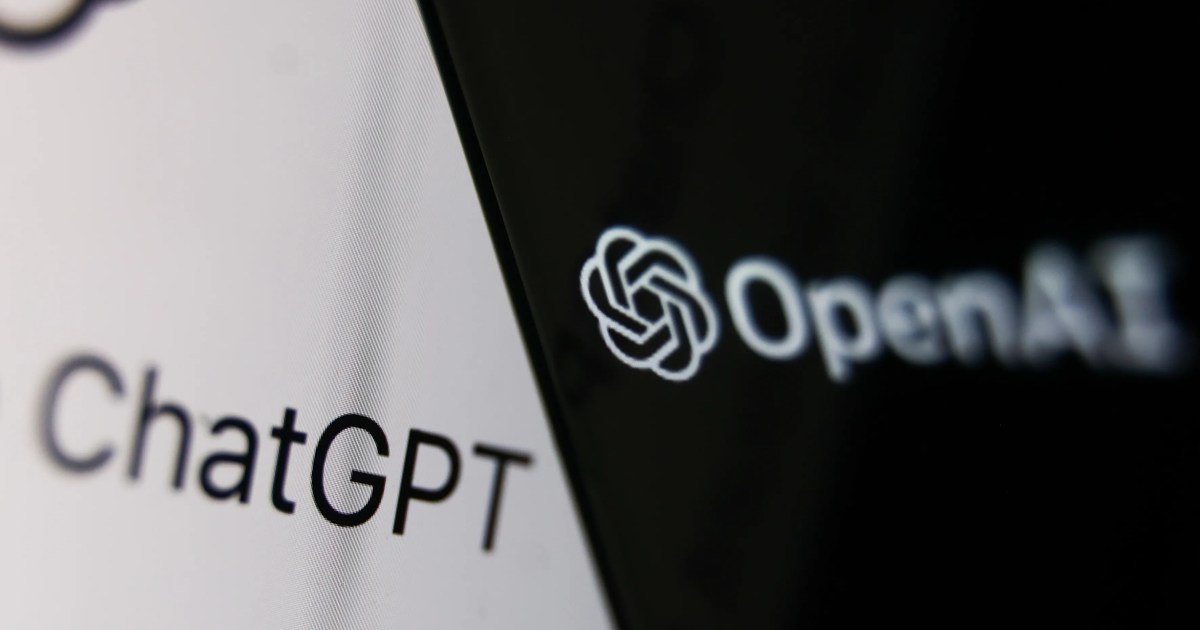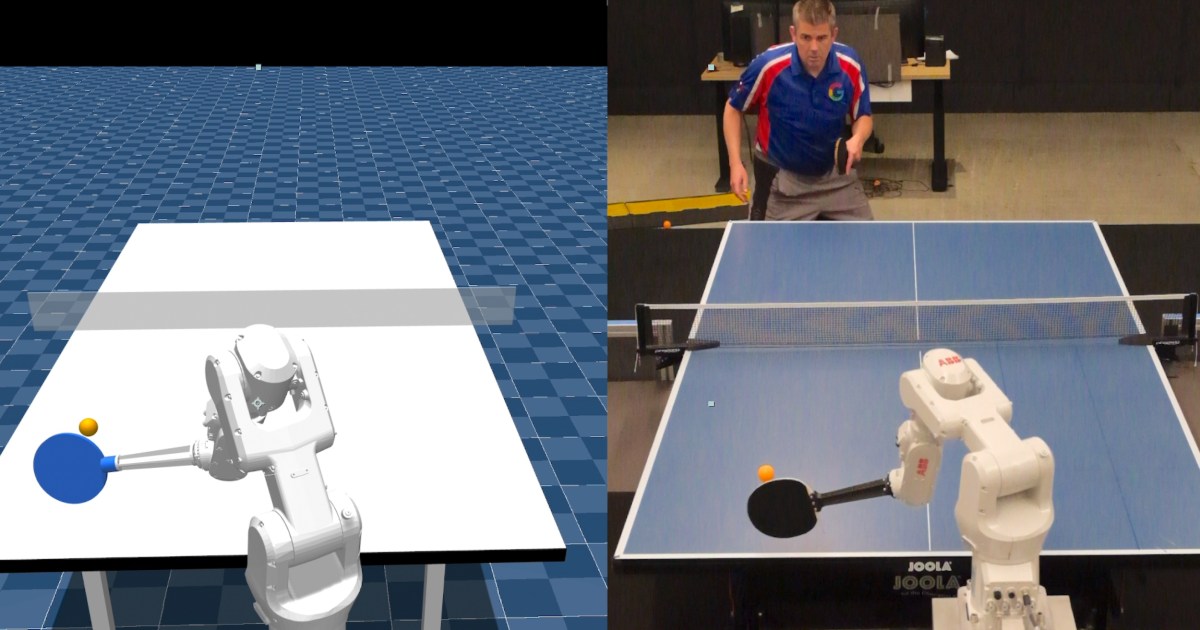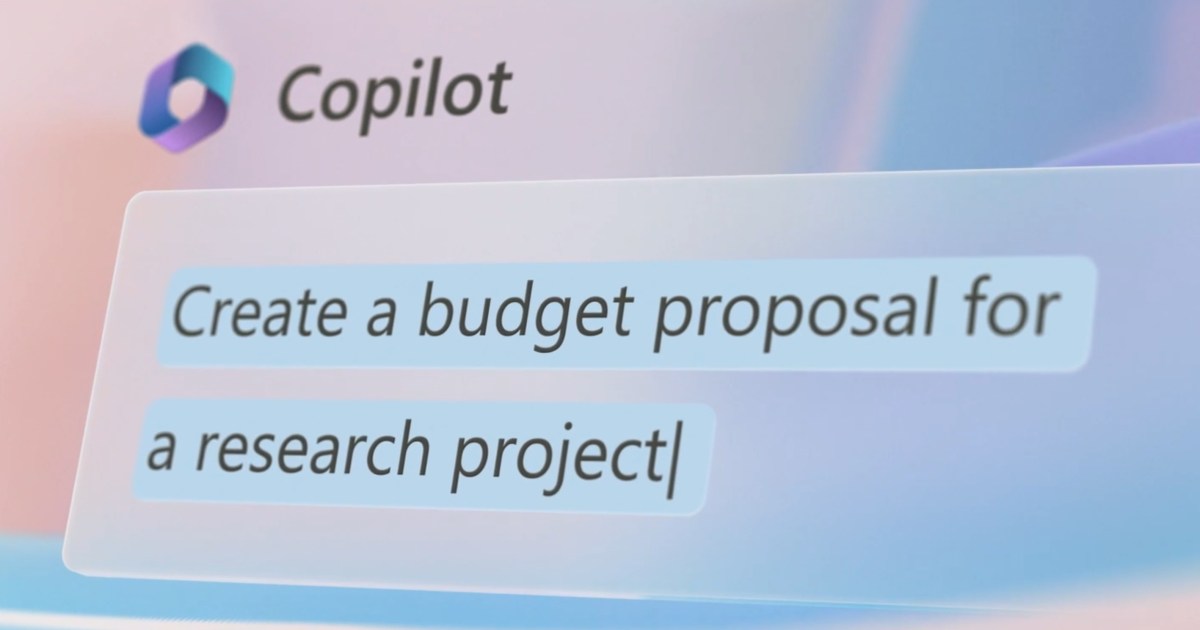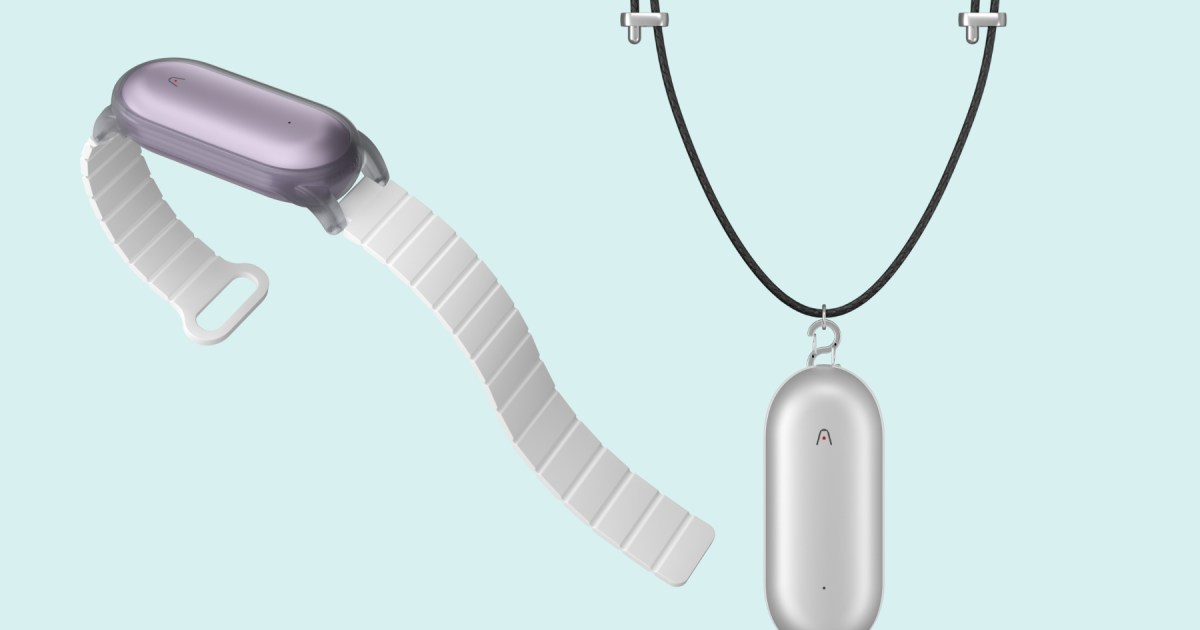Microsoft is reviving its AI-powered screenshot search feature, Recall, after addressing significant security concerns. Originally slated for a debut with Copilot+ PCs, the feature was postponed due to privacy vulnerabilities. Recall aims to simplify information retrieval by allowing users to search through automatically captured screenshots using natural language prompts. This October, Windows Insiders will finally get their hands on Recall and put its enhanced security measures to the test.
Recall’s Functionality and Initial Security Concerns
Recall promises a more intuitive way to search for information encountered while using a PC. Imagine having multiple tabs open during research and later struggling to locate a specific fact. Recall lets you simply type a natural language query into the search bar, and your PC searches its screenshot history for a match. Manually scrolling through the screenshots is also an option.
While convenient, this functionality raised immediate privacy concerns. Users rightfully demanded assurance that their screenshots remained private and inaccessible to others. Though Microsoft initially pledged robust security, early versions revealed vulnerabilities, with one researcher claiming access to all screenshots using minimal code. The initial plan for Recall to be a default feature was quickly revised to a fully opt-in model.
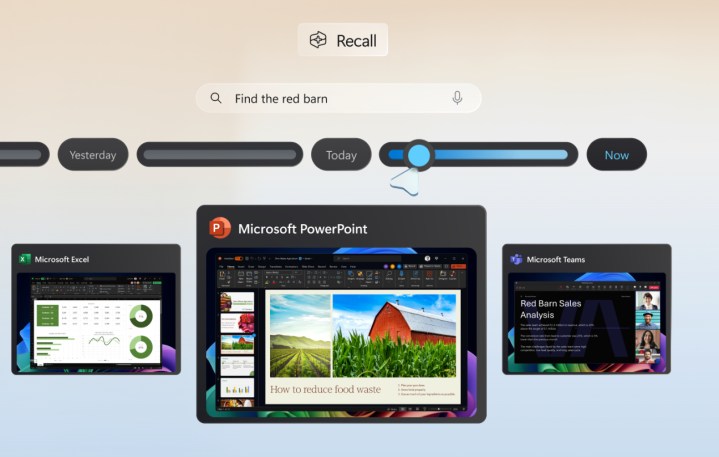 Recall promotional image.
Recall promotional image.
Enhanced Security Measures in the Revived Recall
Microsoft has implemented several key security enhancements to address the previous vulnerabilities. Accessing Recall now requires Windows Hello authentication, utilizing fingerprint or facial recognition. Furthermore, “just in time” decryption ensures the search index database remains encrypted unless actively accessed.
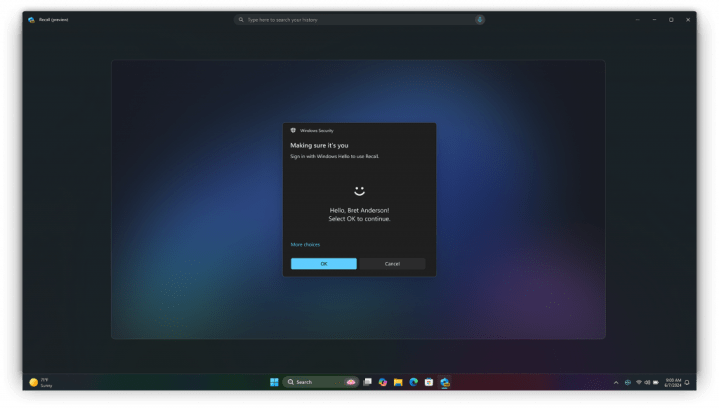 Windows Hello being used to authenticate Recall access.
Windows Hello being used to authenticate Recall access.
The Future of Recall
The upcoming Windows Insider testing phase will be crucial in determining Recall’s future. Security researchers will thoroughly examine the revised feature, and Microsoft’s response to any identified issues will be critical. While Recall might not achieve its initial flagship status, it could prove highly beneficial for users comfortable with its functionality and security measures. However, lingering apprehension remains understandable, given the feature’s history of security concerns.
Conclusion: A Cautious Optimism
Recall’s return, albeit delayed, signals Microsoft’s commitment to its potential. The implemented security enhancements address previous vulnerabilities, and the opt-in approach empowers users to make informed choices. The upcoming testing phase and subsequent feedback will ultimately determine whether Recall can overcome its initial setbacks and become a valuable tool for information retrieval.



